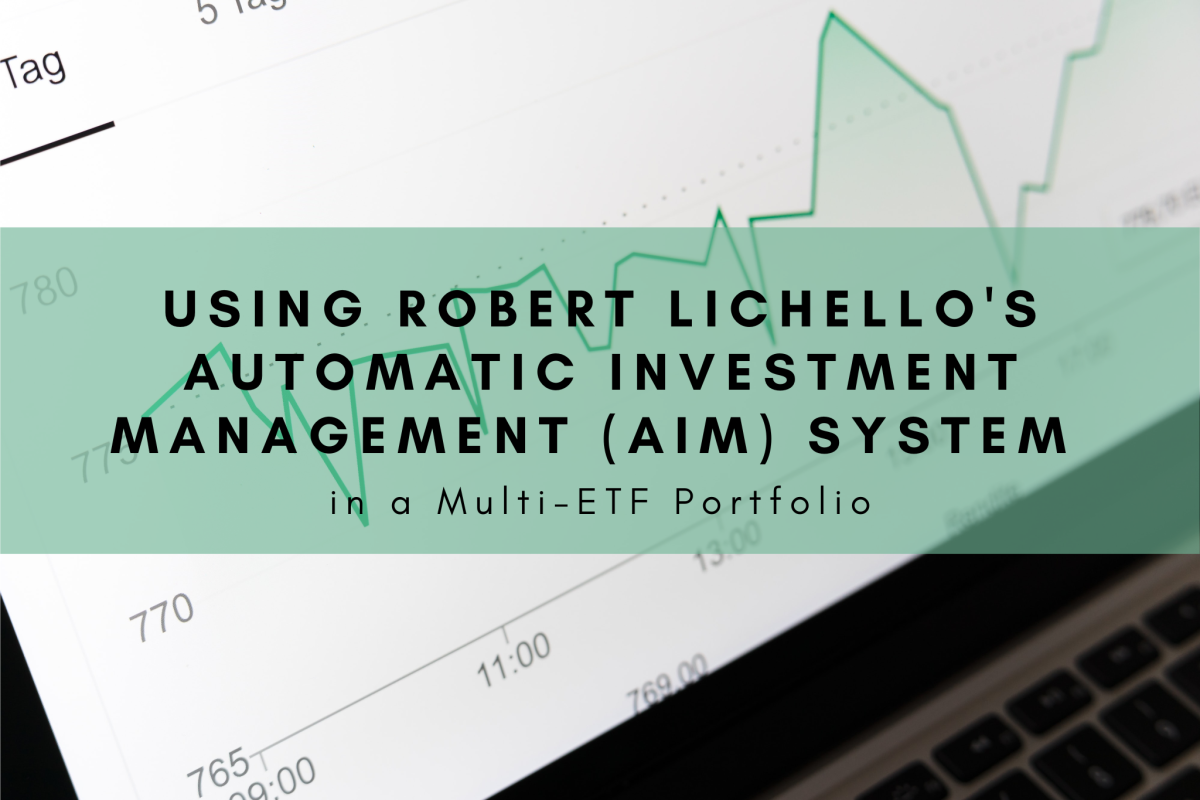Understanding High Yield Bonds

What are Junk Bonds ???
The high yield fixed income market, also known as “junk bonds” is often one of the most misunderstood asset classes by the average investor. In recent years with interest rates at historically low levels, many investors have attempted to look at different investments to produce income from their portfolio. One such area has been the high yield marketplace.
High yield bonds by definition are bonds that pay a coupon (interest payment) in excess of the normal interest rate environment as a result of their lower credit quality. They are typically below investment grade debt instruments. There are several different rating agencies that rate fixed income credit quality. One such agency is Standard & Poors (S&P). S&P ratings indicate any fixed income position with a rating below BBB is classified as below investment grade or “junk” status.
The term “junk” can sound quite derogatory in nature, and may insinuate that it is something to stay away from. This is not necessarily the case. There is an absolute place for lower quality fixed income within the confines of a longer term investment plan. The first thing to understand is how high yield bonds correlate to other assets. Most fixed income investments are negatively correlated to interest rates. That means that when rates rise, an existing bond declines in value. The relationship here is simple to understand. Imagine that you hold a bond issued by a corporation that matures in 10 years and pays 5%. If rates rise to the point that the 5 year treasury pays 6%...why would anyone want to buy your bond paying 5% when they have to wait twice as long to get their investment back ??? The answer is they wouldn’t. And as a result, if you attempted to sell your bond early, it would sell at a discount (loss) from your original purchase if you bought it as a new issue. This is known as interest rate risk.
Yet high yield bonds function in precisely the opposite manner. As a result of the substantially higher rates paid, the emphasis of concern in pricing is rooted in the issuer’s ability to pay back the original principal payment due to the lower credit quality of the issuer. High yield bonds are classified as below investment grade because the underlying company has a less stable financial balance sheet. The reason for the positive correlation with interest rates is based on this concept of solvency. If interest rates are rising, generally this is the result of the Federal Reserve increasing rates to slow the growth rate of the economy and prevent higher inflation. Since the economy is theoretically expanding, the probability of a company surviving through more prosperous economic times is therefore likely increased. Hence their ability to repay their debt obligations is also increased. Likewise when rates are declining, that is usually indicative of an economic contraction and perhaps even a recession. While in a period of contraction the earnings of Fortune 500 companies may decline, yet it is typically fairly unlikely that they will go bankrupt. In the case of less credit worthy companies, a company that already has financial concerns will likely find it much more difficult to weather the economic storm. Therefore the ability to satisfy their debt obligations will be called into question. It is for this reason that the high yield bond market tends to move with interest rates rather than against them.
What about buying High Yield Bonds ???
In general it is a very bad idea for the average investor to buy high yield bonds individually. The risk of repayment can be enormous. The key to buying into this market is diversity. Most investors will not likely have the capital to broadly diversify this portion of their portfolio across hundreds of holdings. Furthermore, the likelihood that the average investor has completed the necessary financial analysis in each individual company’s financials is improbable. Most investors will be served far better by capturing exposure to these areas through mutual funds and ETF’s.
When should you buy High Yield Bonds ???
The purpose of buying into this area of the market is that it serves as a hedge against interest rate risk. Should an investor have a fixed income portfolio of treasuries, agencies and good quality corporate bonds they will be exposed to the negative correlation when rates rise over time. As result, having a small portion of your fixed income portfolio allocated to this area of the market will offset a portion of that risk while simultaneously paying a higher income. Such a holding simply balances the risk associated with the better quality debt holdings. It is important to note that these positions are typically a much smaller percentage of the overall holdings than that of traditional fixed income. In cases where a portion of your portfolio is exposed to stocks or stock funds, it should also be noted that high yield bonds will correlate closely with them as well. The correct percentage exposure in an individual’s portfolio is going to be specific to that person’s financial goals and time frame. The same can be said of any asset class, as each situation must be addressed in a unique manner.
High yield bonds in general are classified as a higher risk investment. Yet when used appropriately in the proper portion of your portfolios overall asset allocation, they will likely bring down the overall risk of your investment strategy.
Suggested Reading
- Life Insurance: What You Need to Know
The question of what type of life insurance is most suitable, typically has to do with factors pertaining to an individuals net worth. The first thing one should keep in mind in all forms of insurance is that insurance is a contract of indemnity.... - Active Fund Managers...Another Poor Showing
Earlier this year the S&P released its most recent SPIVA scorecard found here http://www.standardandpoors.com/indices/spiva/en/us This is a scorecard that tracks the success of mutual fund manager relative to their corresponding benchmarks. Not.. - Is Your Financial Advisor Working On Your Behalf
In the community of those who provide the public with financial guidance, there are many different titles that a professional may hold. Most often those whom seek financial guidance are greatly unaware of exactly what the obligation is of the... - Should I Pay off My Mortgage Early ???
For many Americans, the ability to pay down their mortgage sooner is simply not realistic. However in some cases it is quite possible. The Question of whether or not you should accelerate mortgage payments or use liquid cash to eliminate the... - The Tale of Two Depressions
Most of us who are too young to have lived through the Great Depression have either listened to our parents and grandparents tell us stories of what it was like, whereas others simply studied the cause and effects from as young as grade school. Yet.. - Refinancing to a 15 or 30 year mortgage ???
Over the course of the last few years I have received numerous calls from clients asking me whether or not it makes financial sense to refinance their mortgage as a result of this unprecedented low interest rate environment. And in many cases the... - Starting A New Job...Understand Your Benefits Packag...
If you’re fortunate enough to have been hired into a new job there can be a number of things that need to be addressed at the beginning of employment. Often times it can be a little overwhelming to address all the issues that come up with regards... - Financial Concerns of a Divorce
The process of a divorce from your spouse can be a traumatic experience on both of you as well as your children. It can be particularly traumatic to your personal finances. In far too many cases the divorce attorneys are the only ones who reap any... - How Government Programs Increase Costs
Many of us look at the cost of things we need to buy and often get frustrated with how expensive certain aspects of the cost of living have increased. Yet often we really don’t take the time to try and understand the root cause of exactly why... - Preparing For The Tax Law Changes In 2013
The topic of taxes is always one which is greatly debated from both a political as well as an economic perspective. Regardless of one’s political persuasion on such issues, one constant always remains the same. We each do all that we can to avoid...









